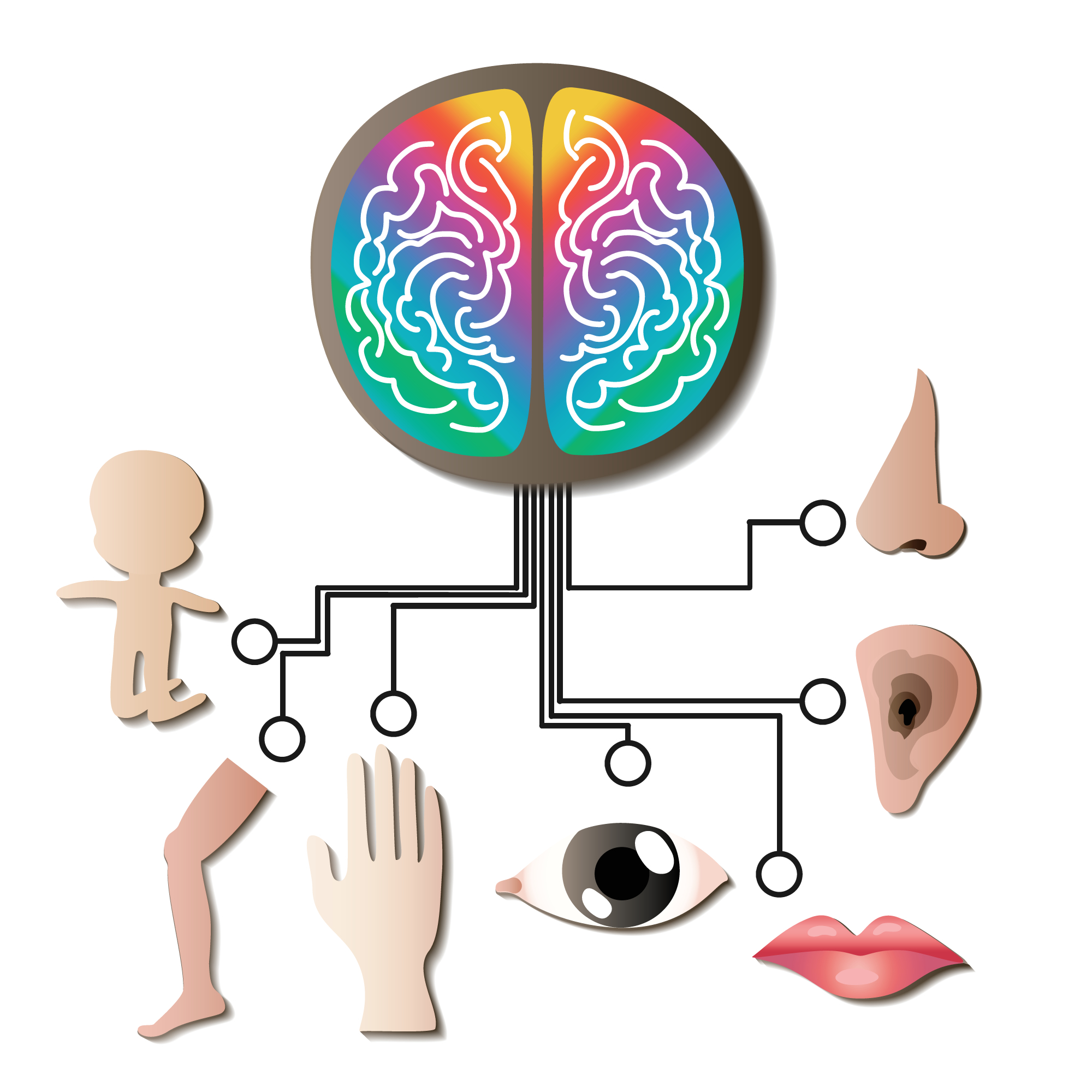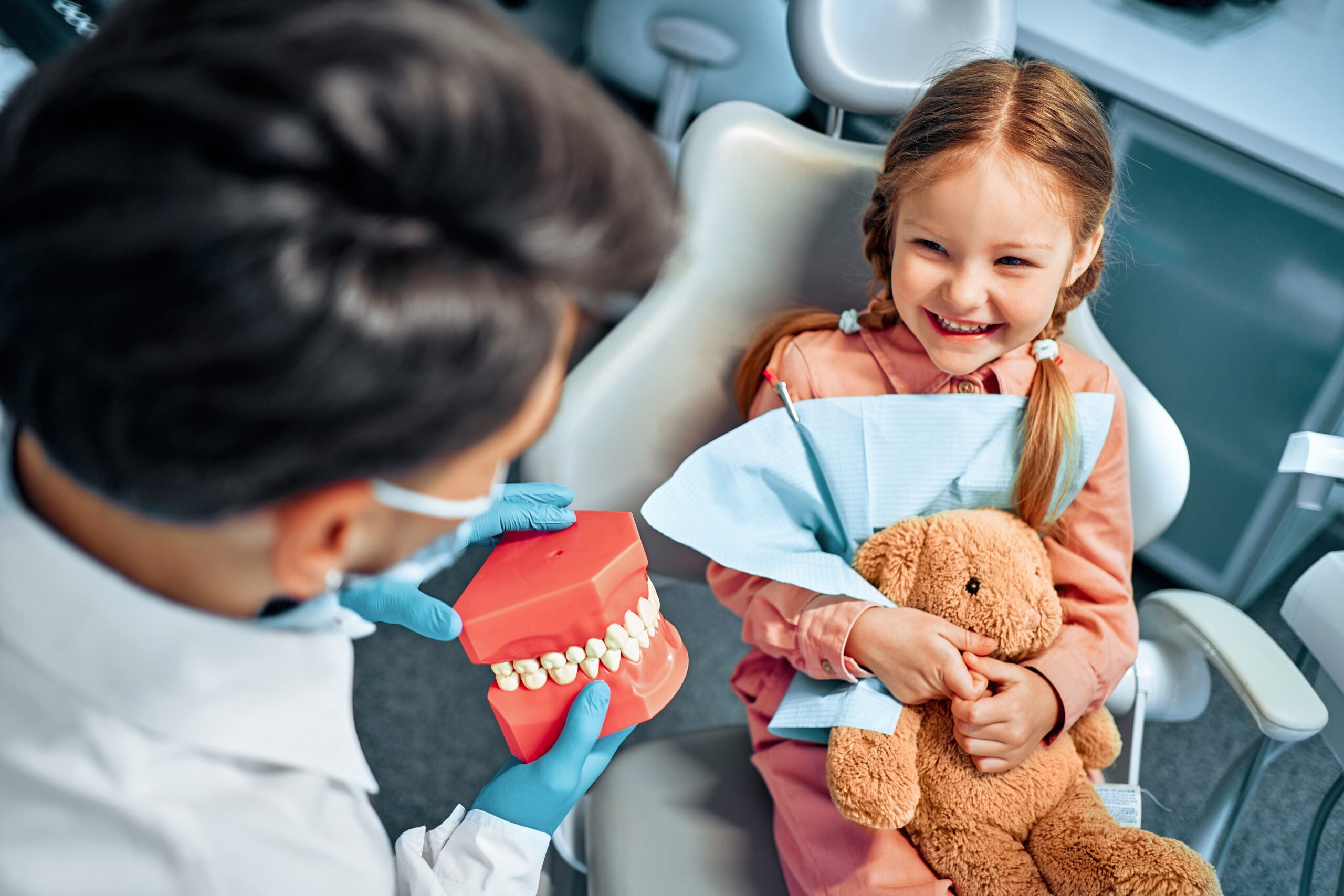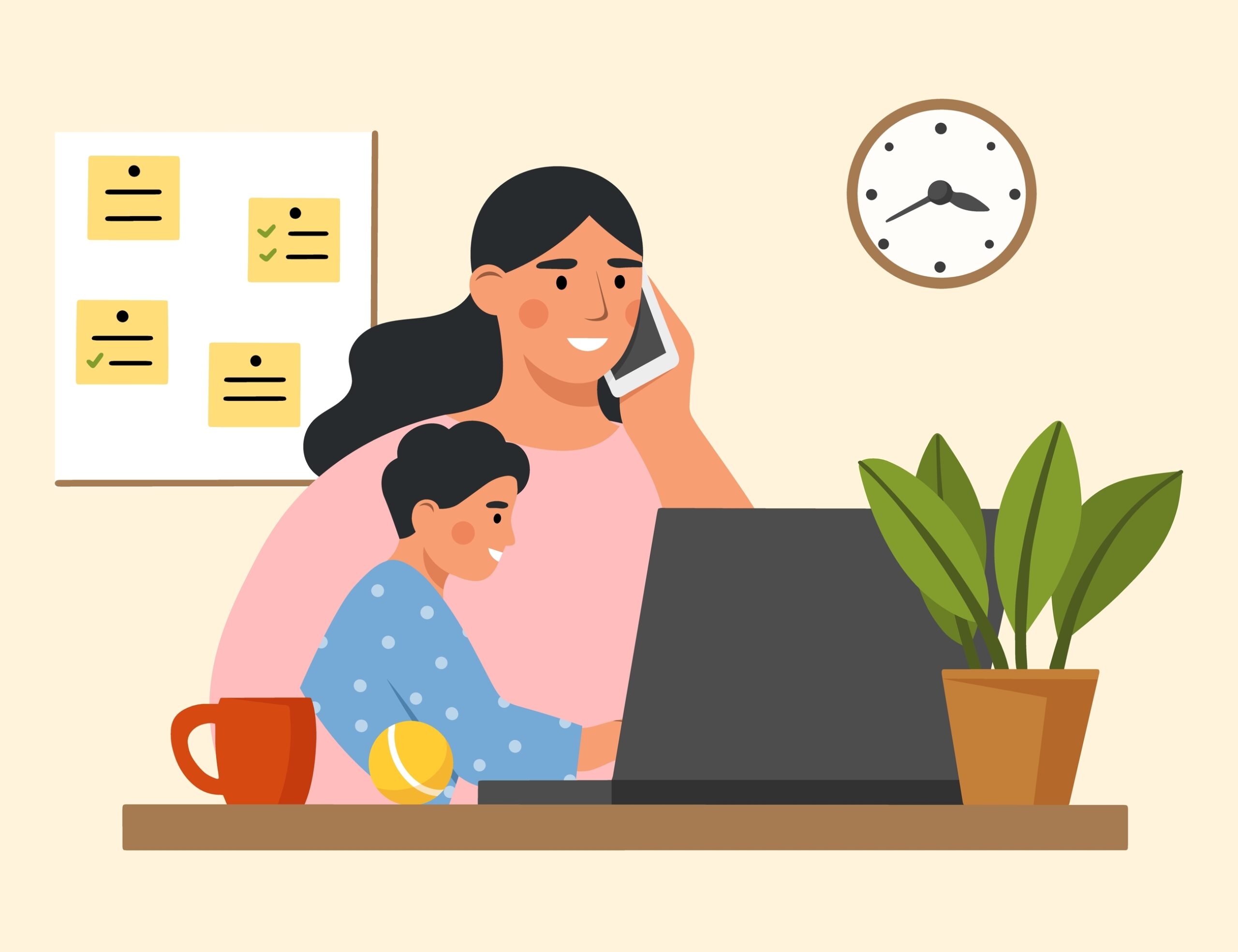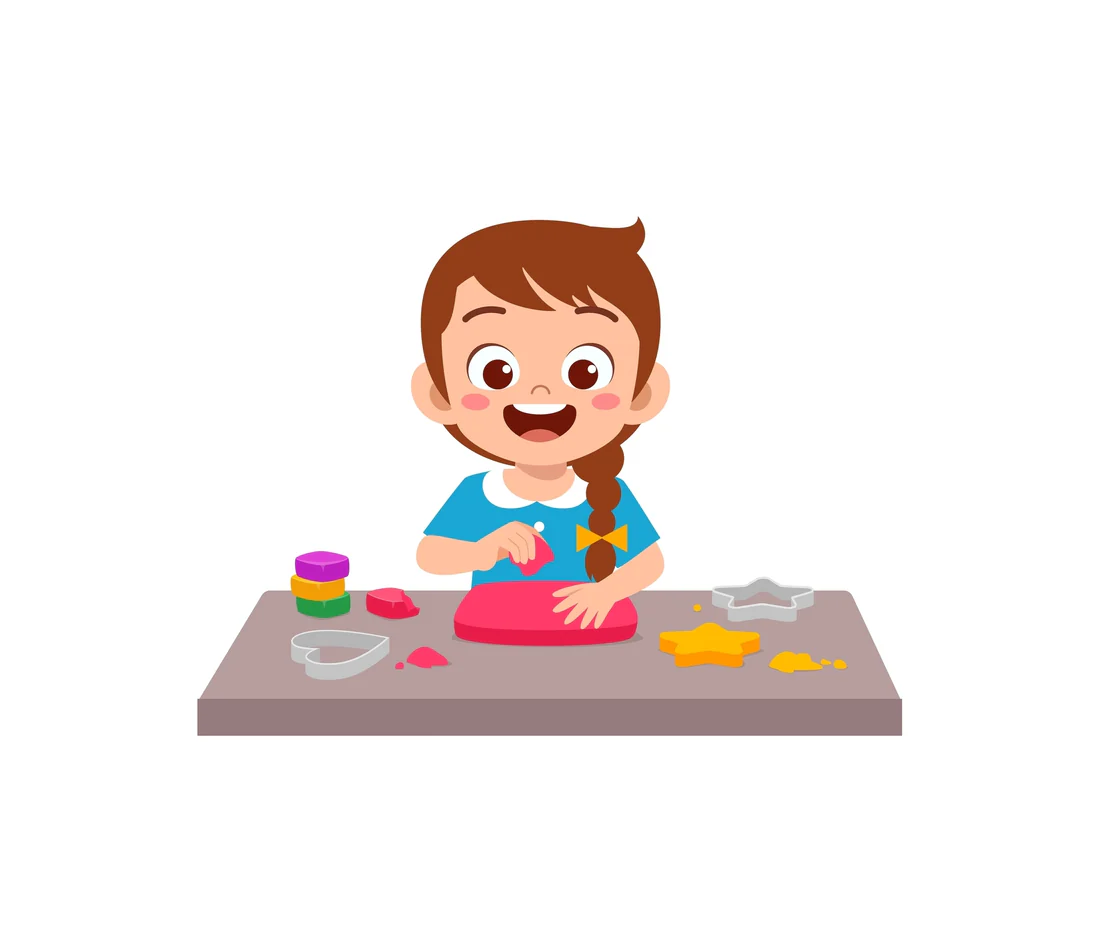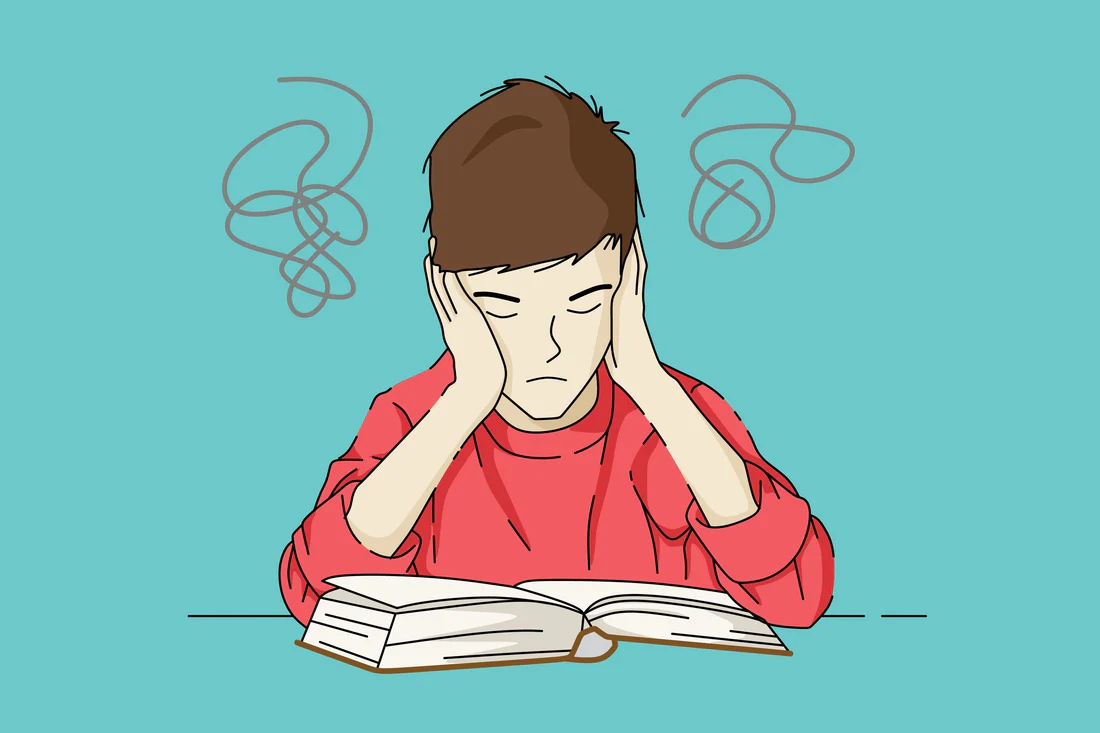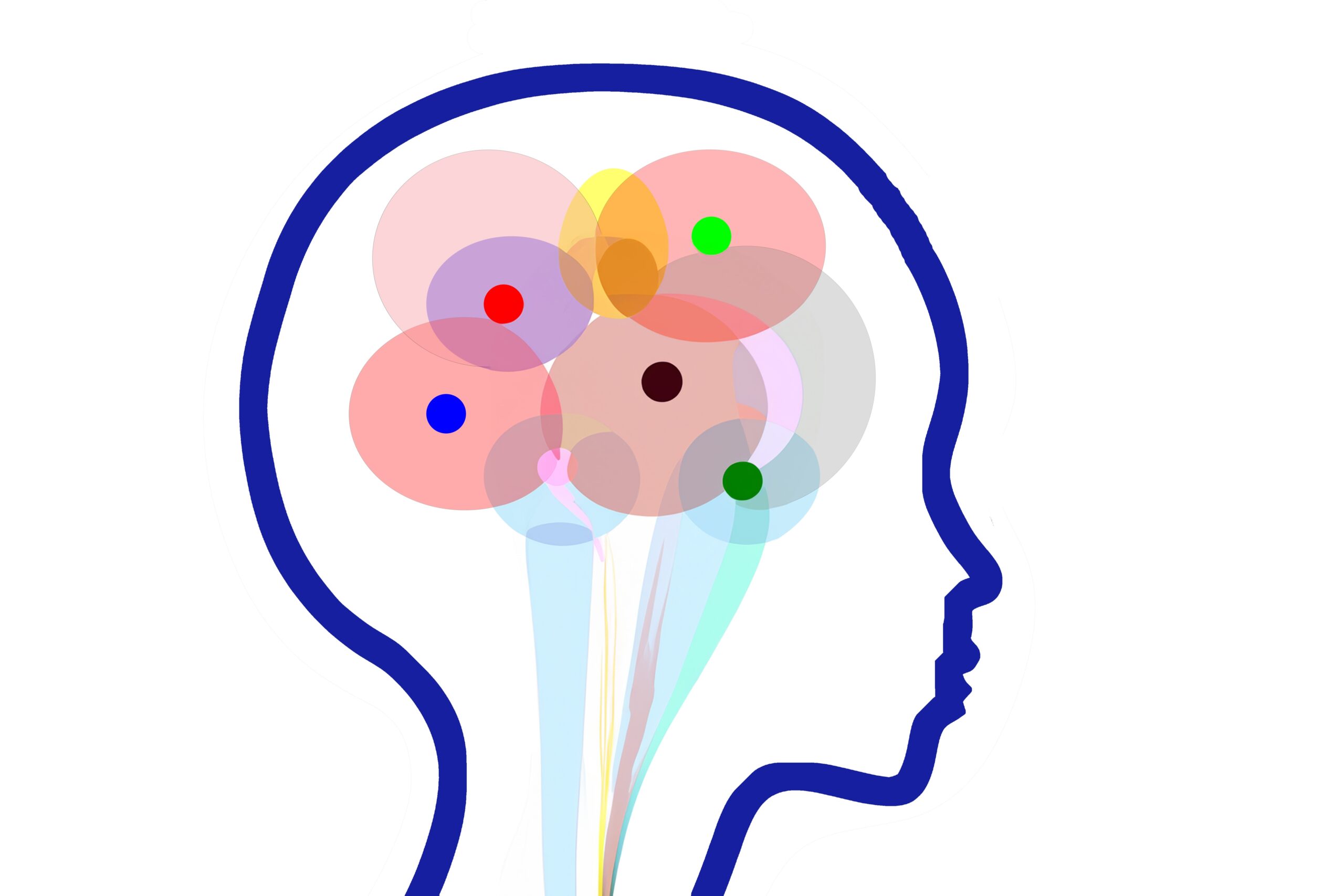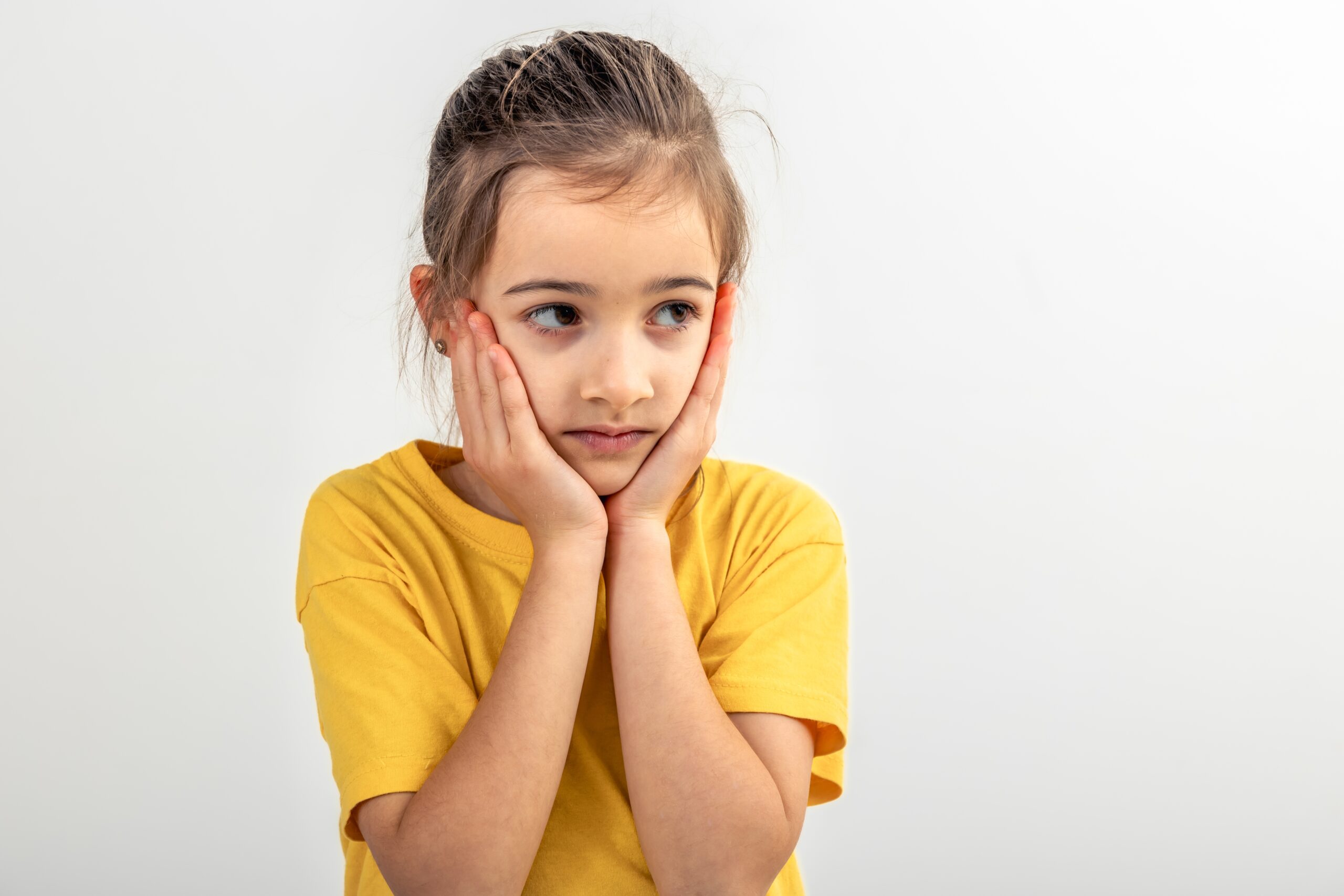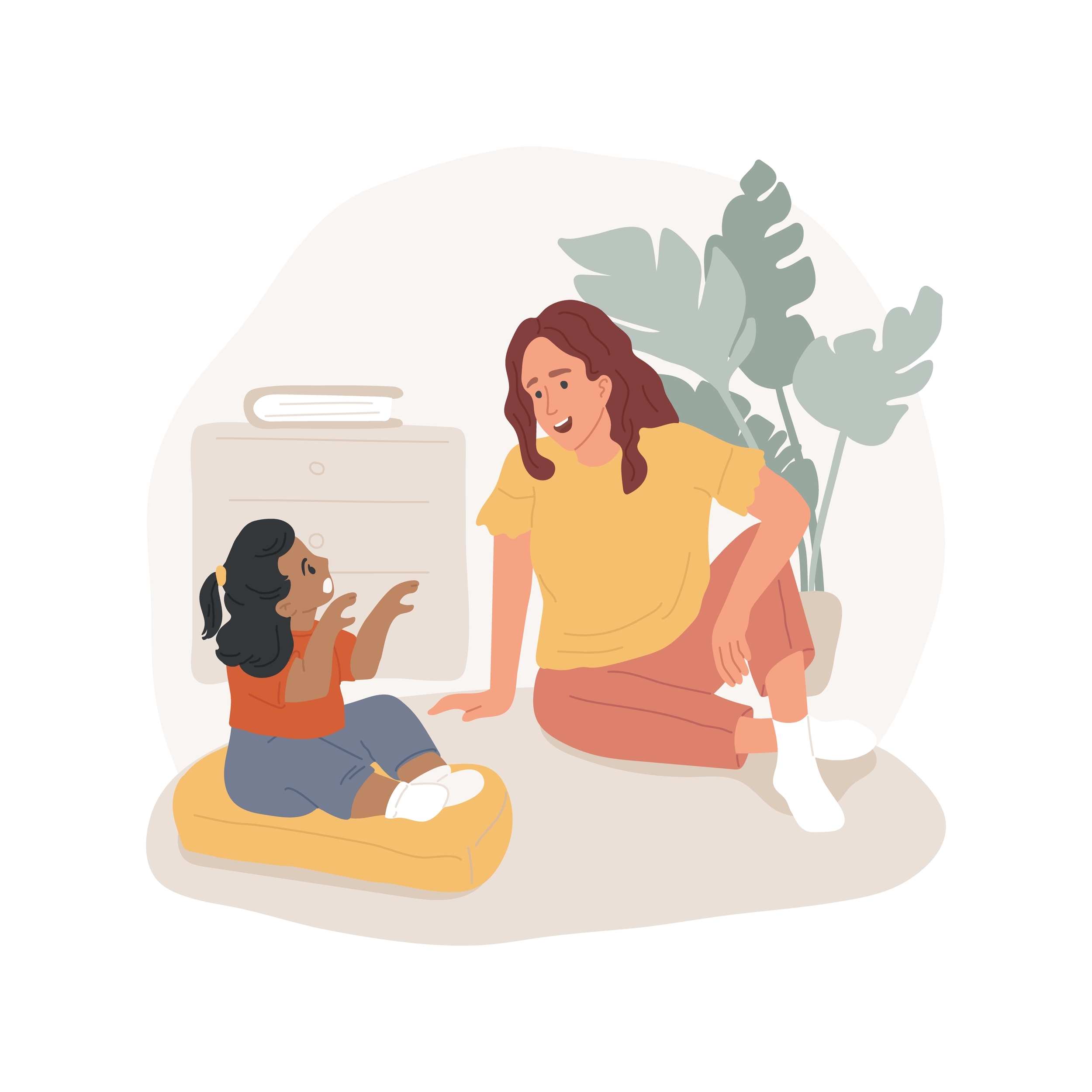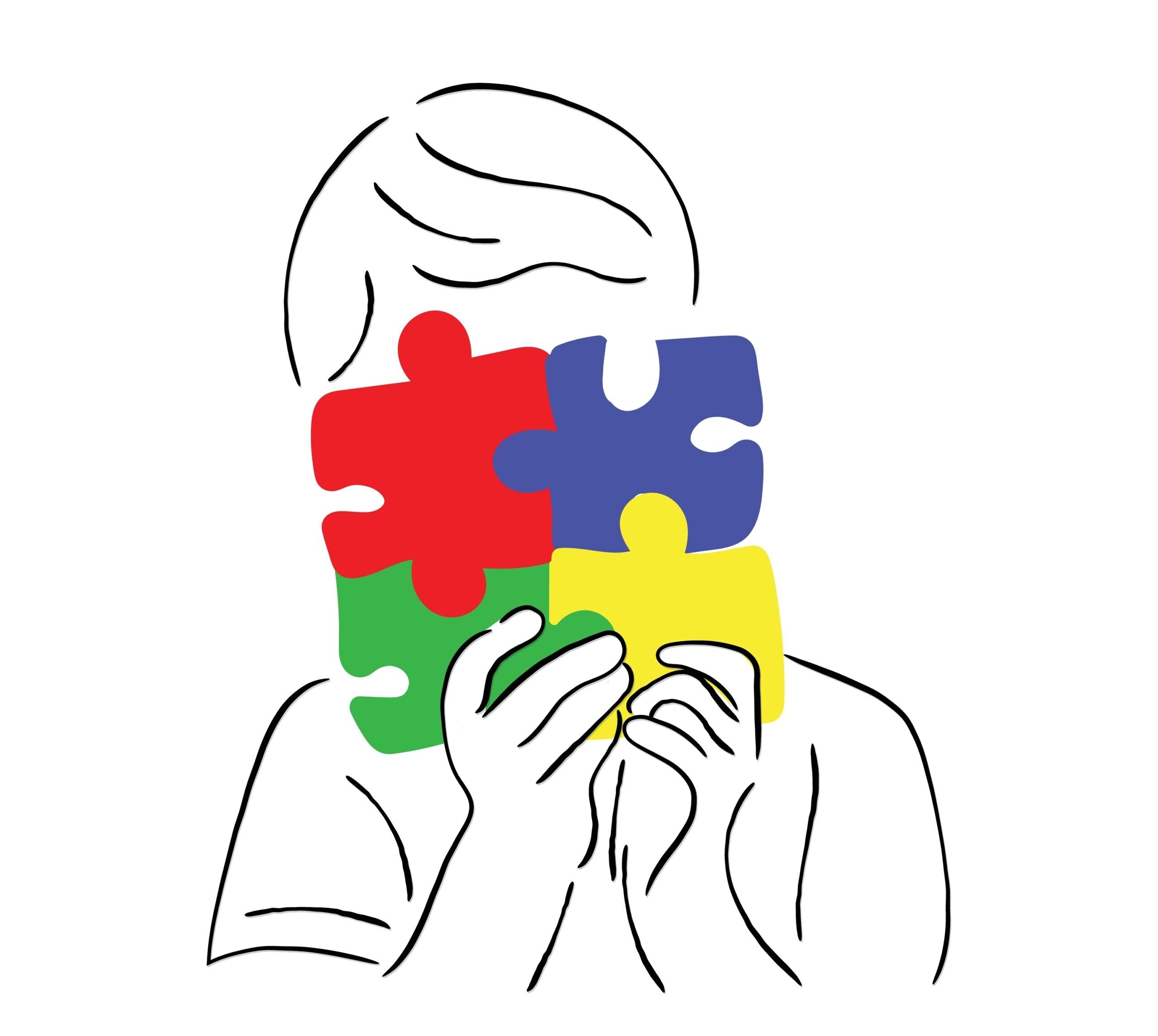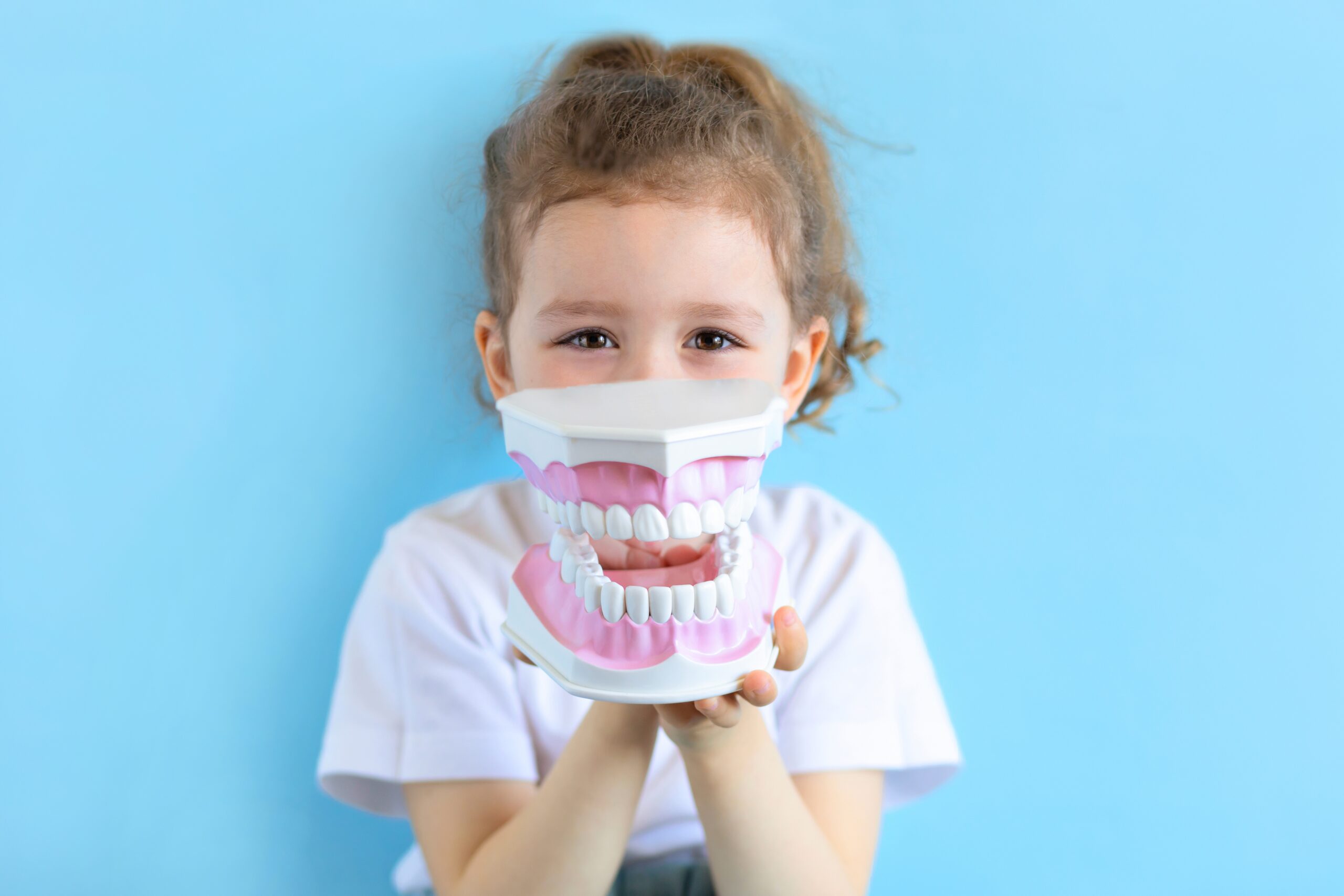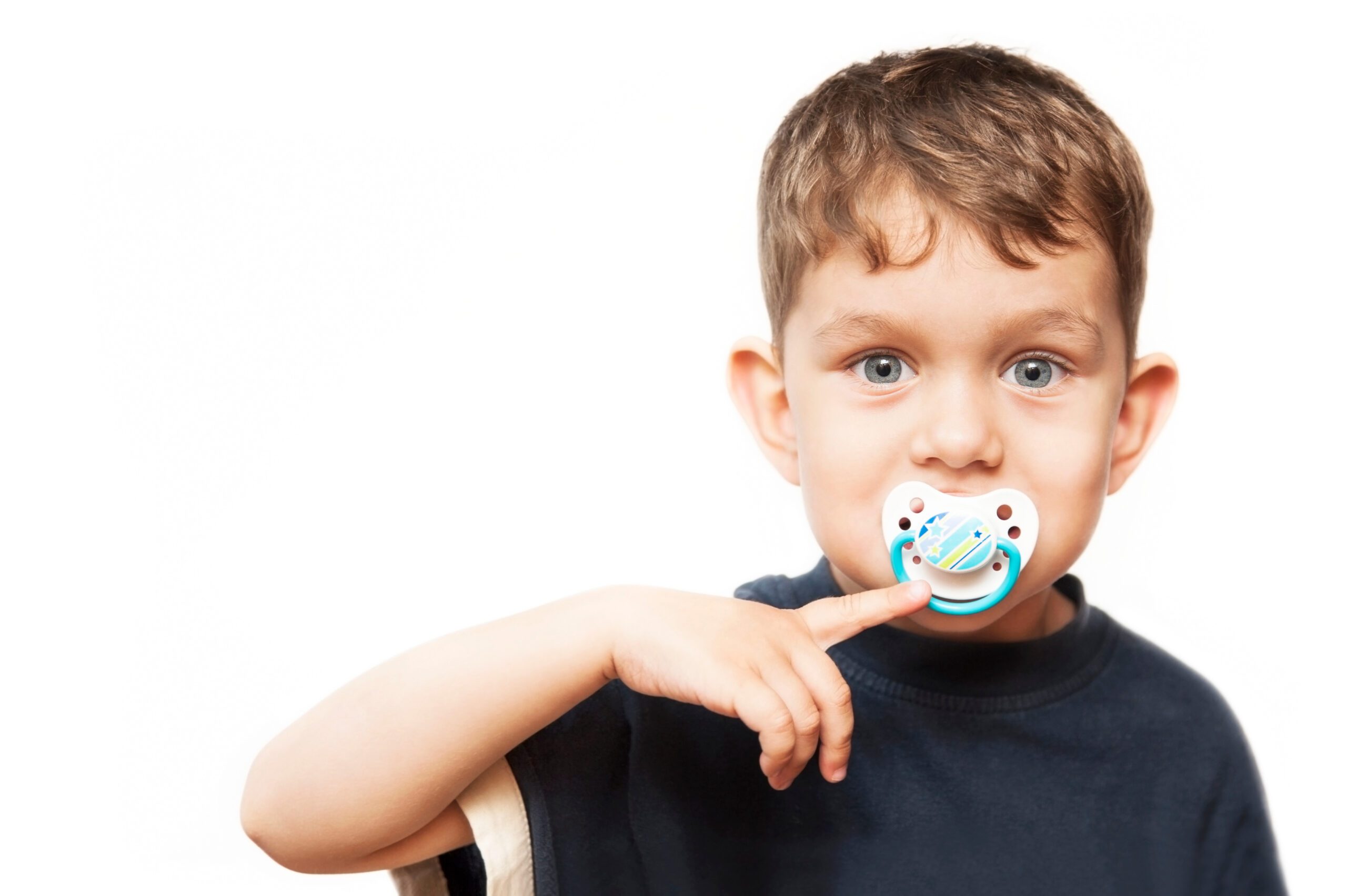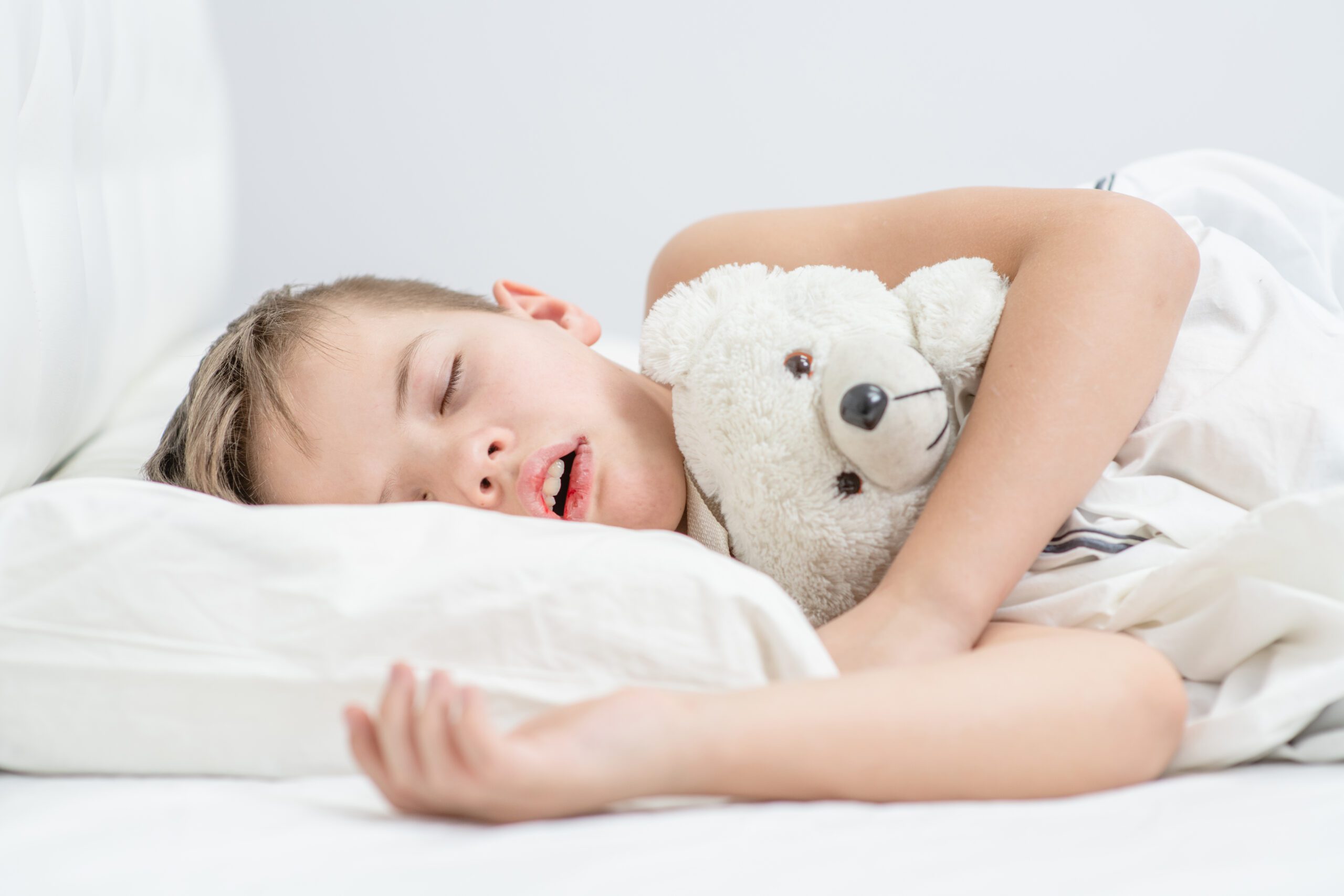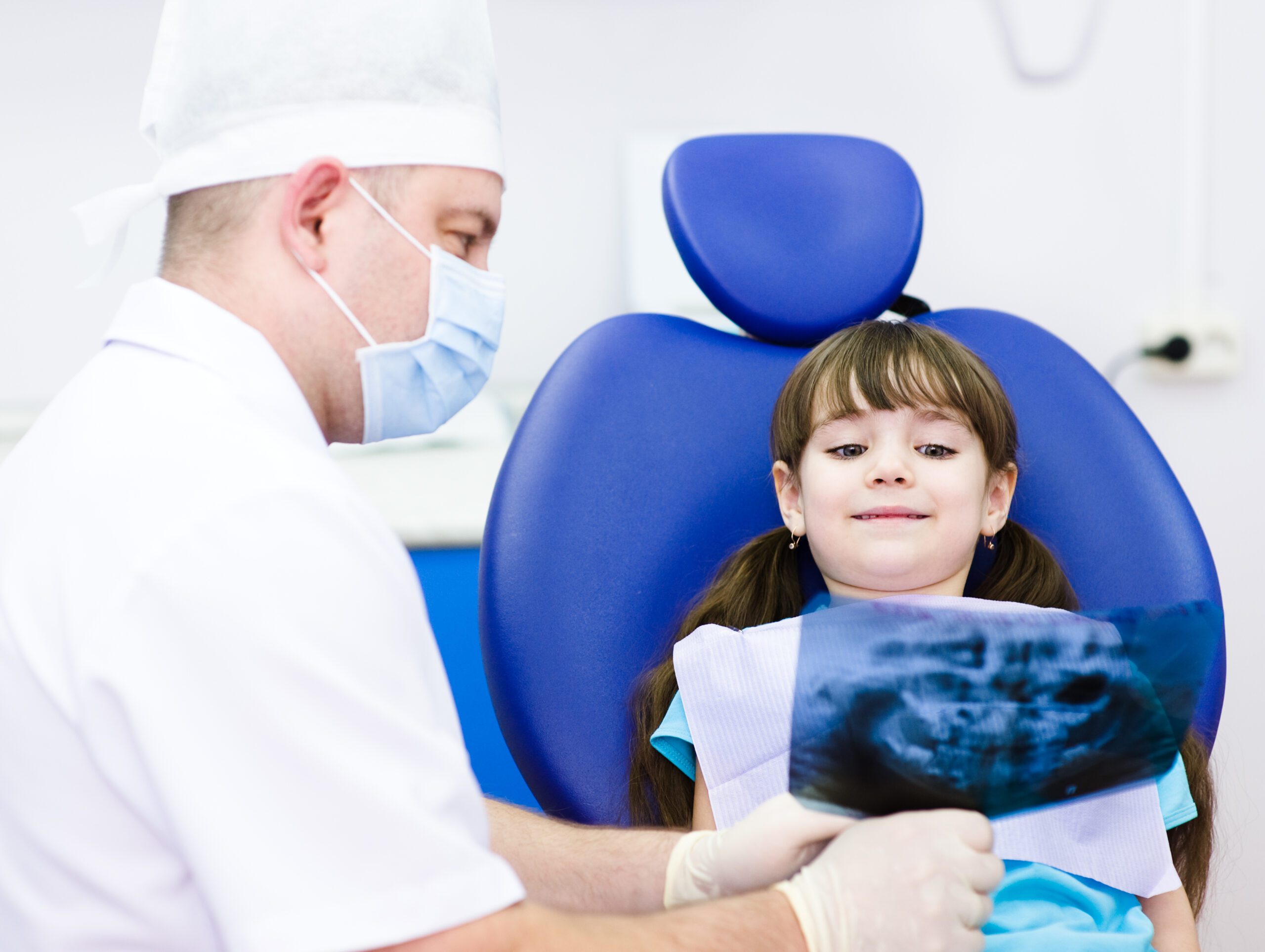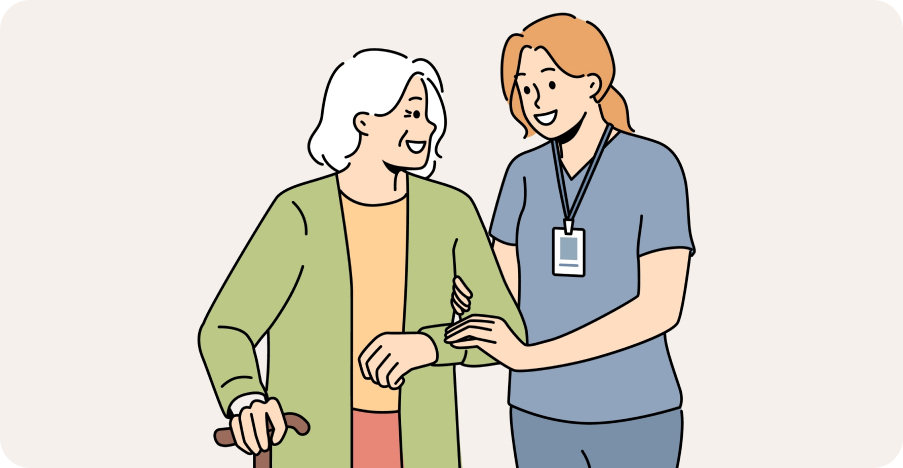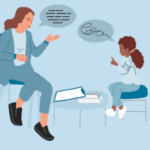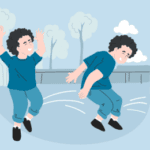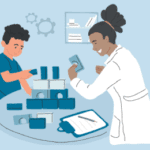Autism Resource Center
Complete Resource Hub: For Kids, Adults, Parents & Therapists
- Types of Autism Spectrum Disorder: Levels, Traits & Former Diagnoses Explained
- Asperger’s Syndrome: Signs, Diagnosis, and Support for Children, Teens & Adults
- What Is PDD-NOS? Understanding Pervasive Developmental Disorder–Not Otherwise Specified and Its Place on the Autism Spectrum
- Childhood Disintegrative Disorder (CDD): Symptoms, Diagnosis & Treatment Explained
- Rett Syndrome: Symptoms, Diagnosis, and Treatment Guide for Parents and Caregivers
- Nonverbal Autism: Causes, Signs, Communication Strategies & Treatment Options
- Sensory Processing and Autism: Understanding Sensitivities, Overload & Effective Therapies
- Classic Autism (Autistic Disorder): Signs, Diagnosis, and Treatment Before the DSM-5
- Fragile X Syndrome: Causes, Symptoms, Diagnosis, and Autism Link
- Atypical Autism (PDD-NOS): Symptoms, Diagnosis & Support Before DSM-5
- Low Functioning Autism (ASD Level 3): Symptoms, Support Needs, and Communication Challenges
- High-Functioning Autism (ASD Level 1): Symptoms, Traits, and Support Strategies
1 of 7 / Overview
What is Autism Spectrum Disorder (ASD)?
Autism Spectrum Disorder (ASD) is a developmental condition characterized by differences in social communication, behavior, and sensory processing. It affects individuals across a wide spectrum, with varying degrees of severity and support needs. ASD is diagnosed based on behavioral observations and developmental history.
How common is Autism Spectrum Disorder?
ASD is estimated to affect approximately 1 in 36 individuals in the United States, with a higher prevalence observed in boys compared to girls. The increasing diagnosis rates are attributed to broader awareness and improved diagnostic criteria.
Is there a cure for Autism Spectrum Disorder?
Currently, there is no cure for ASD. However, early intervention and tailored support can significantly improve communication, social skills, and daily functioning for individuals with autism.
At what age is Autism Spectrum Disorder typically diagnosed?
ASD can often be reliably diagnosed by age 2 or 3, though some signs may be noticeable earlier. Early diagnosis enables timely intervention, which is crucial for optimal development.
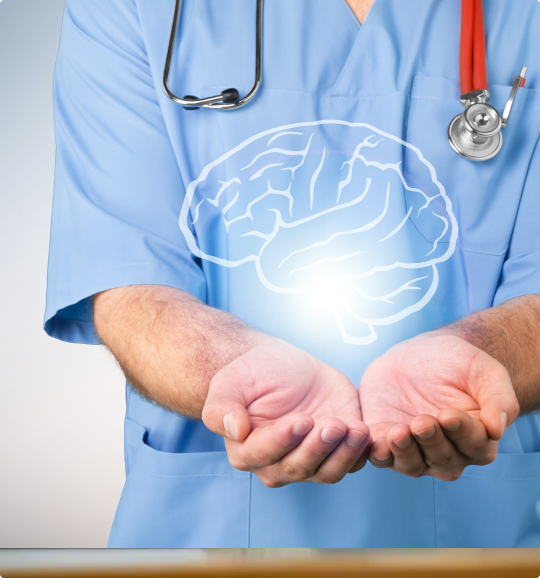
2 of 7 / Signs & Symptoms

What are the early signs of Autism Spectrum Disorder?
Early signs of ASD may include limited eye contact, lack of response to one’s name, absence of gestures like pointing or waving, and limited interest in social interactions.
How do social communication challenges manifest in individuals with autism?
Individuals with ASD may have difficulty understanding social cues, maintaining conversations, and forming peer relationships. They might also struggle with interpreting body language and facial expressions.
What are common repetitive behaviors associated with autism?
Repetitive behaviors in ASD can include hand-flapping, rocking, lining up objects, and strict adherence to routines. These behaviors can provide comfort and predictability to individuals with autism.
Are sensory sensitivities common in autism?
Yes, many individuals with ASD experience heightened or diminished sensitivity to sensory inputs such as lights, sounds, textures, and smells. These sensitivities can affect daily activities and comfort levels.
3 of 7 / Causes & Risks
What causes Autism Spectrum Disorder?
The exact cause of ASD is unknown, but research suggests a combination of genetic and environmental factors contribute to its development.
Are there genetic factors associated with autism?
Yes, certain genetic conditions, such as Fragile X syndrome and Rett syndrome, are associated with an increased risk of ASD. Additionally, having a sibling with autism can increase the likelihood of a child being diagnosed.
Can prenatal factors influence the risk of autism?
Prenatal factors, including maternal infections during pregnancy, advanced parental age, and complications during birth, have been linked to a higher risk of developing ASD.
Is there a link between vaccines and Autism Spectrum Disorder?
Research does not show evidence linking vaccines to the development of ASD.

4 of 7 / Diagnosis & tests

How is Autism Spectrum Disorder diagnosed?
ASD is diagnosed through a comprehensive evaluation that includes developmental history, behavioral observations, and standardized assessment tools. There is no single medical test for autism.
What role do parents play in the diagnostic process?
Parents provide crucial information about their child’s developmental milestones, behaviors, and concerns. Their observations are integral to the assessment and diagnosis of ASD.
Are there specific diagnostic tools used for autism?
Yes, tools like the Autism Diagnostic Observation Schedule (ADOS) and the Autism Diagnostic Interview-Revised (ADI-R) are commonly used to assess and diagnose ASD.
Can genetic testing aid in diagnosing autism?
Genetic testing can be helpful in identifying underlying genetic conditions associated with ASD, such as Fragile X syndrome. However, it is not routinely used for diagnosing autism itself.
5 of 7 / Care & treatment
What are the primary treatments for Autism Spectrum Disorder?
Treatment for ASD typically includes behavioral therapies, speech and language therapy, occupational therapy, and social skills training. Medications may also be prescribed to manage specific symptoms.
Is early intervention important in treating autism?
Yes, early intervention is crucial. Starting treatment at a young age can significantly improve communication, social skills, and adaptive behaviors, leading to better outcomes.
Are there alternative therapies for autism?
Some families explore alternative therapies such as dietary changes, supplements, and sensory integration therapy. It’s essential to consult with healthcare professionals before pursuing these options to ensure safety and efficacy.
How can schools support children with autism?
Schools can support children with ASD by implementing Individualized Education Programs (IEPs), providing speech and occupational therapy services, and fostering an inclusive environment that accommodates the child’s unique learning needs.

6 of 7 / Living With

What is daily life like for someone living with autism?
Daily life with autism varies widely depending on the individual’s strengths, challenges, and support needs. Many people with autism thrive with structure, routines, and clear expectations. Tasks such as transitioning between activities, navigating social situations, or processing sensory input can be difficult. However, with the right support systems—including therapy, accommodations, and assistive tools—individuals with autism can lead fulfilling, independent lives at home, school, and work.
How can families support a loved one with autism?
Families play a vital role in supporting a person with autism. Key strategies include:
- Creating a predictable daily routine
- Learning and using effective communication methods (verbal or nonverbal)
- Encouraging social interaction in safe, low-pressure settings
- Advocating for educational or workplace accommodations
- Taking part in therapy sessions when appropriate
- Practicing patience and celebrating progress
Support groups and autism-friendly communities can also offer emotional support and practical advice.
Can people with autism live independently as adults?
Yes, many adults with autism live independently or semi-independently, depending on their individual abilities and needs. Key factors that support independent living include:
- Life skills training (cooking, hygiene, money management)
- Employment or vocational support
- Social and emotional development
- Access to transportation and healthcare Some individuals benefit from supported living programs, shared housing, or periodic check-ins from caregivers or professionals.
How do people with autism build relationships and friendships?
Building relationships can be challenging for individuals with autism due to social communication differences, but meaningful friendships and romantic relationships are absolutely possible. Supportive strategies include:
- Practicing social skills through structured programs or therapy
- Joining interest-based groups or clubs
- Using social stories or role-playing to understand social norms
- Finding autism-friendly communities that offer acceptance and inclusion
With understanding and patience from peers, people with autism can form deep, lasting connections.
7 of 7 / related reading

Find a Therapist
Find the physical therapist, occupational therapist, or speech language pathologist you’re looking for!
Ask Us Anything
Whether you are looking for advice, have a general question about sensory processing, or looking for resources.
Submit Your Story
Share your story about your child. Let’s celebrate milestones and learn more about challenges.
Glossary
Autism Spectrum Disorder (ASD)
A neurodevelopmental condition characterized by differences in communication, social interaction, and behavior. The “spectrum” refers to the wide range of strengths and challenges that individuals with autism may experience.
Echolalia
The repetition of words or phrases that someone else has said. This can be immediate or delayed and is often a way for autistic individuals to process language or communicate.
Masking
The act of consciously or unconsciously hiding autistic traits to fit into social situations. This might involve mimicking others’ behavior, forcing eye contact, or suppressing stimming, which can be emotionally exhausting.
Sensory Processing
How the nervous system receives and responds to sensory input (e.g., sights, sounds, textures). Many autistic individuals are over- or under-sensitive to certain sensory stimuli, which can affect comfort and behavior.
Social Communication
The use of language in social contexts—such as understanding tone, taking turns in conversation, or reading body language. Autistic individuals may experience differences in this area, which can impact how they interact socially.
Special Interests
Highly focused interests or passions that autistic individuals may pursue with great intensity and enthusiasm. These interests can be a source of joy, learning, and expertise.
Stimming (Self-Stimulatory Behavior)
Repetitive movements or sounds (like hand-flapping, rocking, or humming) used by autistic individuals to self-regulate emotions or sensory input. Stimming is a natural and important coping mechanism.






































